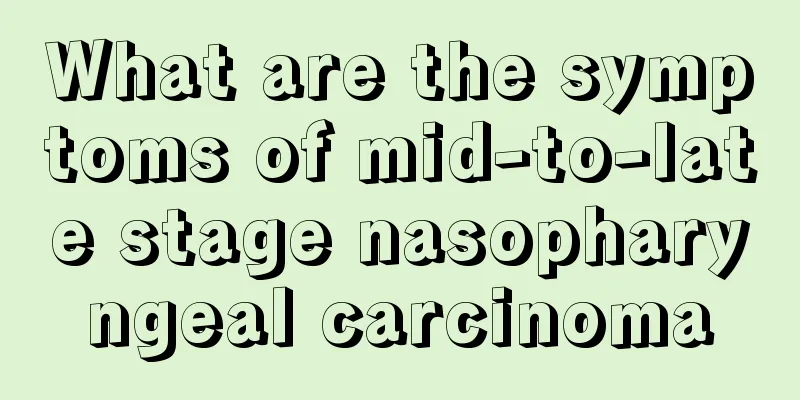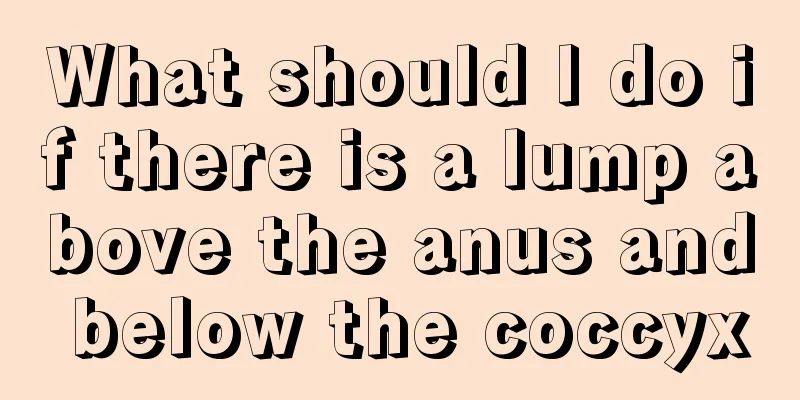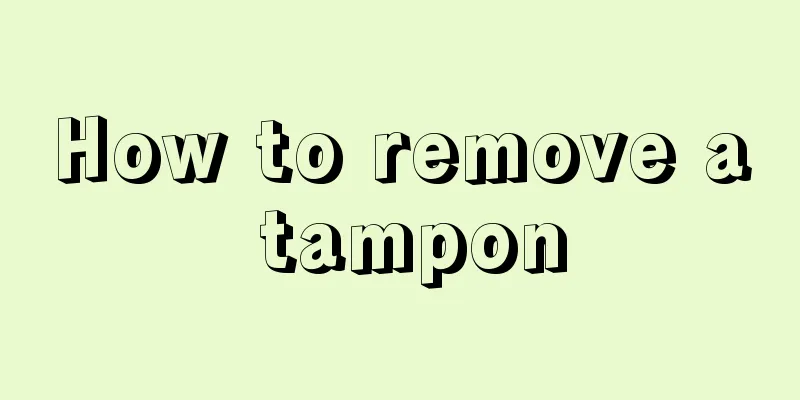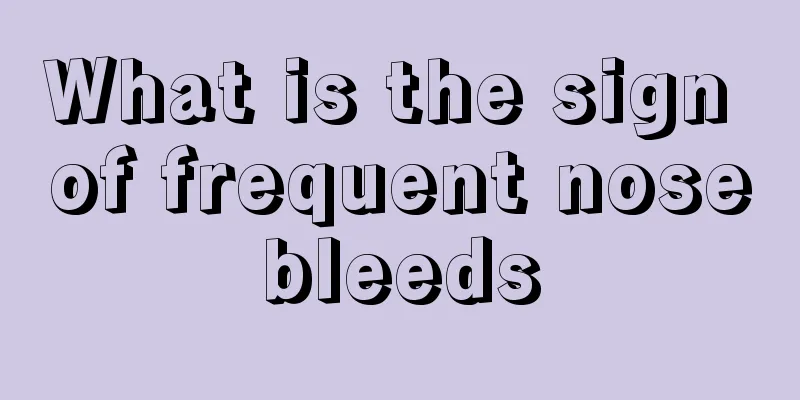What are the symptoms of mid-to-late stage nasopharyngeal carcinoma

|
Many patients today are familiar with nasopharyngeal carcinoma. When treating nasopharyngeal carcinoma, patients should treat it correctly. The following small series introduces the symptoms of nasopharyngeal carcinoma in the middle and late stages. Nasopharyngeal carcinoma is one of the tumors with a higher incidence in Guangdong, Guangxi, Hunan, Fujian and other provinces in my country. The incidence rate in men is 2 to 3 times that in women, and the age group with a higher incidence is 40 to 50 years old. Since nasopharyngeal carcinoma is mostly poorly differentiated squamous cell carcinoma, radiotherapy is the first choice, and 60 Co or linear accelerator high-energy radiotherapy is often used. The 5-year survival rate of radiotherapy is about 45%. Local recurrence and metastasis of nasopharyngeal carcinoma after radiotherapy is the main cause of death. Therefore, for some patients who have received 60 to 70 Gy of external radiation therapy and still have residual local lesions, intracavitary afterloading therapy can be used. Eye symptoms: The vision of patients with nasopharyngeal carcinoma may be affected, and more commonly, the eyes are protruding, and the vision is impaired. Because the eyes are protruding due to nasopharyngeal carcinoma metastases to the eye socket, it is not accompanied by symptoms of cranial nerve damage. The mass can usually touch the nose and orbit. Nasopharyngeal carcinoma can invade the ethmoid sinus and rupture to the eye socket, or it can invade the intracranial cavernous sinus and invade the eye socket, first appearing symptoms of the anterior cranial nerve, and then protruding eyes. Nasopharyngeal carcinoma can also invade the patient's brain, thus showing more symptoms. For example: Invasion of the superior orbital fissure: oculomotor nerve III--In addition to moving outward and outward, the eyeball is in a fixed state. Sliding nerve IV-obstruction of moving the eyeball outward. Trigeminal nerve V-sensory disorder of the upper eyelid, forehead, and eyeball. Abduction nerve VI-diplopia, eyeball abduction movement disorder. Invasion of the foramen ovale, foramen rotundum, and slope: Lower branch: sensory disorder in front of the ear, infratemporal, cheek, and anterior tongue. Through the above introduction, patients can clearly understand the symptoms of middle and late stage nasopharyngeal carcinoma. |
<<: Disadvantages of lung cancer ablation surgery
>>: Does chemotherapy work for liver cancer?
Recommend
Which green tea tastes best? How does it taste
Green tea is a common type of tea, and there are ...
What are the adverse reactions of Shapuaisi Eye Drops?
Normally our eyes often need to come into contact...
A brief analysis of three effective brain cancer treatments
Among the common treatments for brain cancer, som...
What is the best medicine for cervical cancer at present?
Cervical cancer is a very serious disease that ha...
Is it serious to have a few lecithin bodies?
There are many strange things in life that we don...
What is the length of the rectum?
Everyone is familiar with the rectum, which exist...
How to boil chestnuts and peel them well
If you cook the chestnuts directly, it will be di...
What are the anti-aging lifestyles
Birth, aging, sickness and death are inevitable t...
Does bladder cancer require cystoscopy?
This depends on how long it has been since the tr...
How to get rid of tooth odor
Teeth are like our facade, they need constant car...
What are the benefits of drinking boiled pepper water?
Sichuan peppercorns are a very common condiment i...
When does durian ripen
Fruit is a type of food that has been around peop...
How much does a laryngeal cancer check cost?
How much does it cost to check for laryngeal canc...
Can I eat pork ribs and kelp soup overnight?
In your daily diet, you need to pay attention to ...
What injection should I take for cholecystitis
Cholecystitis is a very common disease in the hum...









